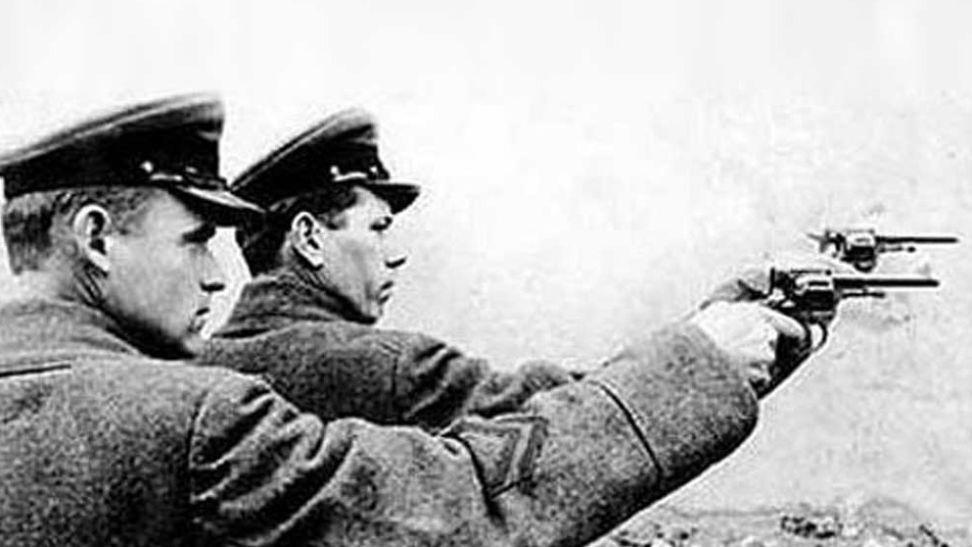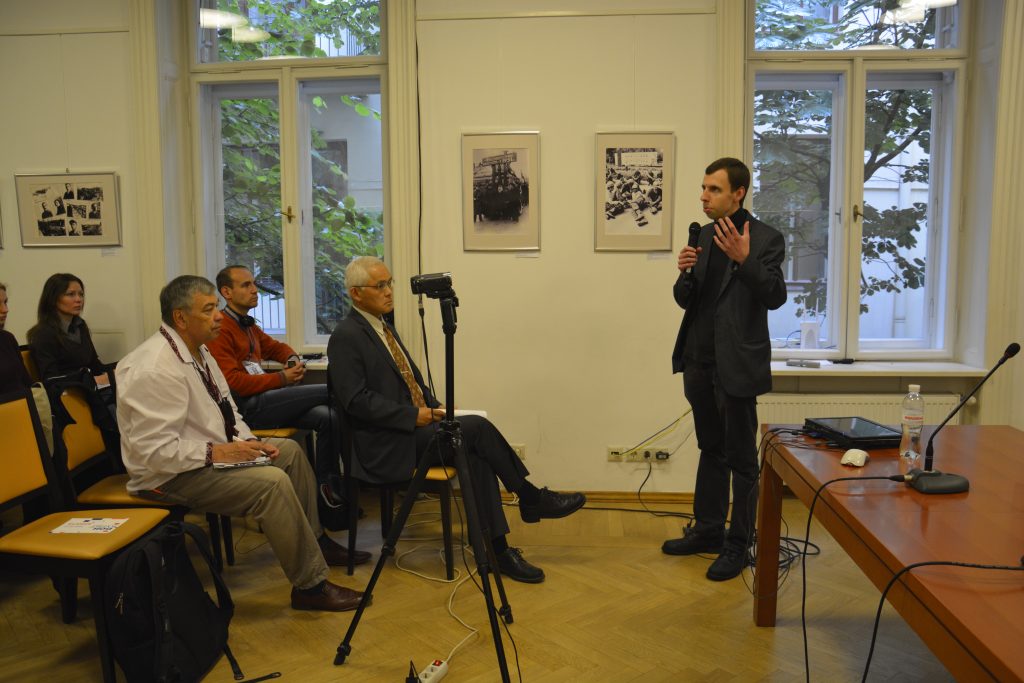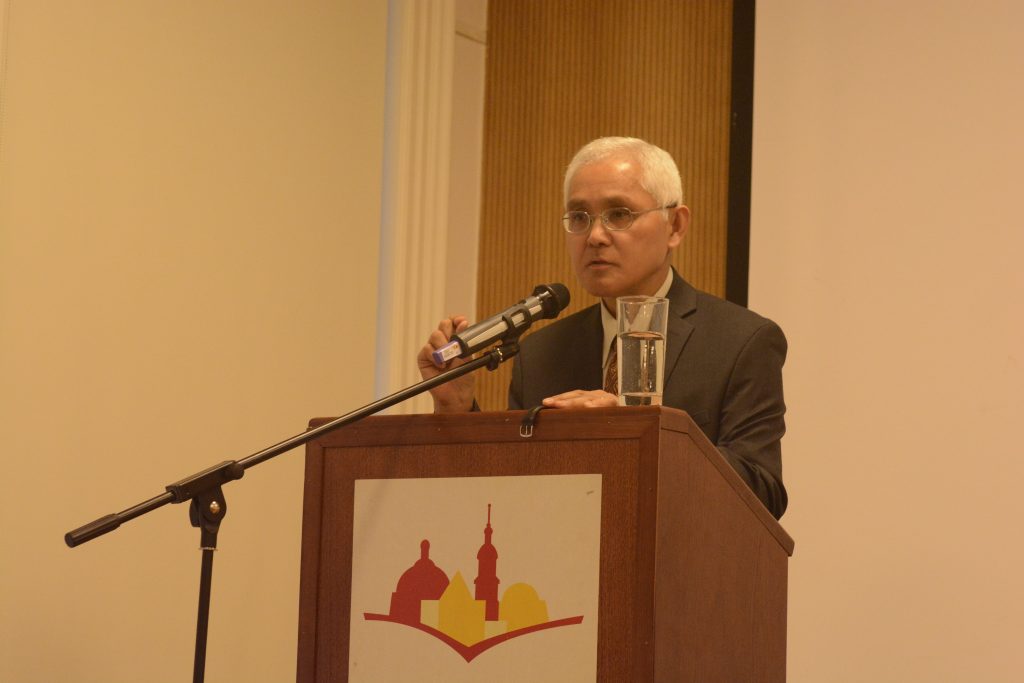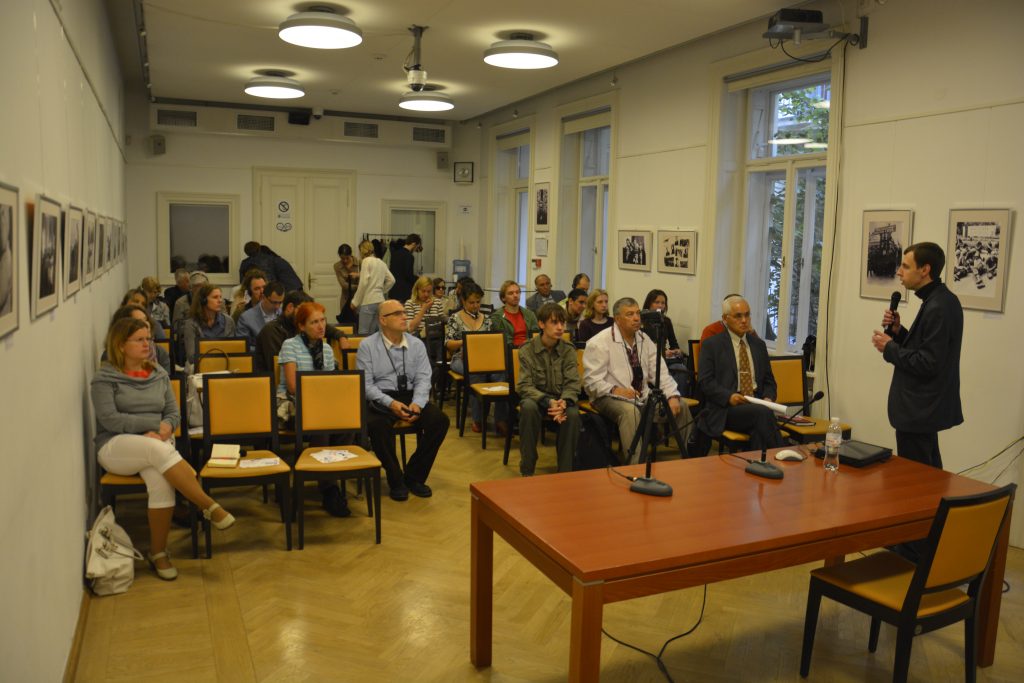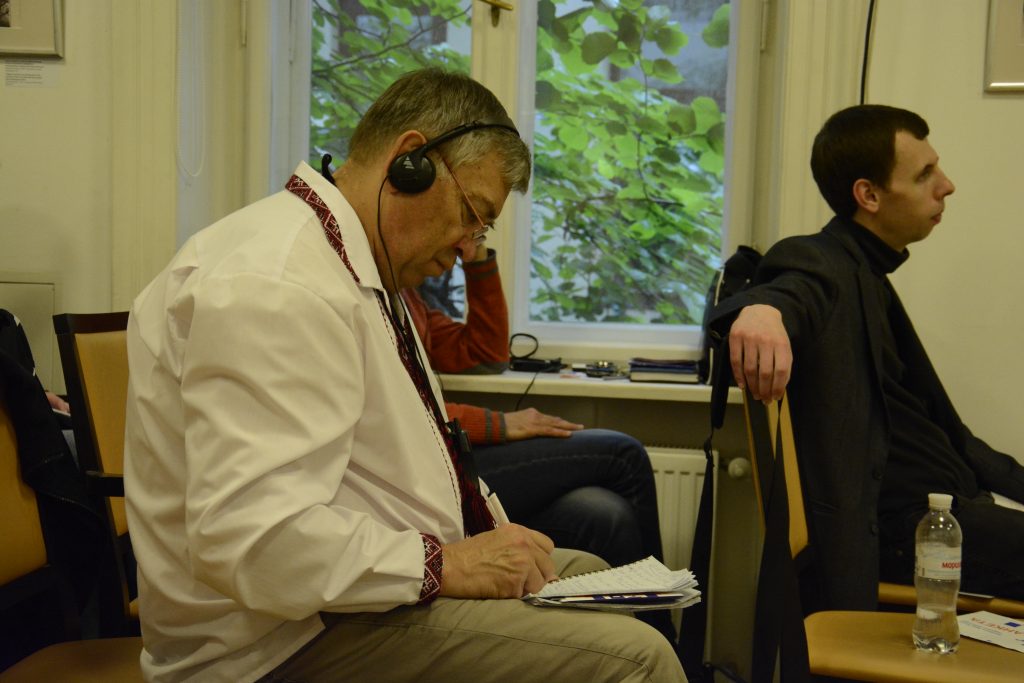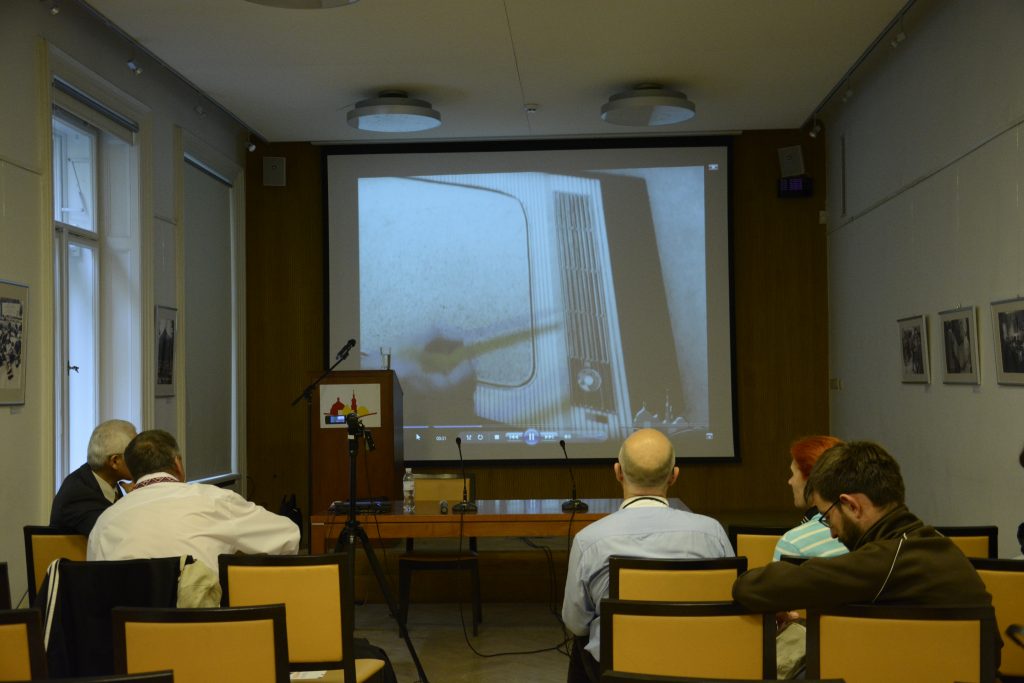Why the Mass Killings? Stalin and the Donbas in the Great Terror
Prof. Hiroaki Kuromiya
Indiana University20.6.2015
Center for Urban History, Lviv
Stalin deliberately killed nearly one million people in the Soviet Union in 1937-1938. In fact Stalin was not satisfied with terrorizing his own people and simultaneously exported his Great Terror abroad as well - to Mongolia and Xinjiang or Chinese Turkestan. Ukraine and the Donbas were hit extremely hard. Yet, unlike the Holodomor of 1932-1933, the Great Terror struck hardest national groups other than ethnic Ukrainians or Russians.
The Donbas always served as a refuge for whoever needed freedom. It attracted not merely de-kulakized Ukrainian peasants and religious leaders but also numerous national minorities whose political loyalty was suspect in Stalin's time. With its extensive underground mines, the Donbas symbolically embodied for Moscow the last, unconquered imaginary frontier - free and independent thinking.
The Great Terror in the Donbas is a revealing microcosm of Stalin's terror in Ukraine and the Soviet Union. This talk explores Stalin's crime within the context of the "globalization of Ukrainian history" in the first-half of the twentieth century.
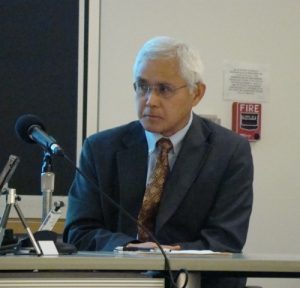
Professor Hiroaki Kuromiya
studied in Japan and the US, where in 1985 he received his doctorate at Princeton University. While he was researching at Cambridge, Professor Kuromiya first visited the Donbas in Soviet times, in autumn 1989. Over the next eight years, he worked in the Donbas archives and in 1998 published his work Freedom and Terror in the Donbas: The Ukrainian-Russian Borderland, 1870s-1990s), which was later translated into Ukrainian (2002). Many years of work in the Ukrainian archives helped him to publish several books, including The Voices of the Dead: Stalin’s Great Terror in the 1930s (2007) and Conscience on Trial: The Fate of Fourteen Pacifists in Stalin’s Ukraine, 1952-1953 (2012). He now teaches history at Indiana University, USA. Prof. Kuromiya studies Eurasian international history of the twentieth century, and in particular carefully monitors the current situation in Ukraine and in the Donbas.
Lecture was a part of the lecture and discussion program of the DonKult cultural forum.
Credits
Сover Image: NKVD soldiers in September 1939 in occupied Poland
